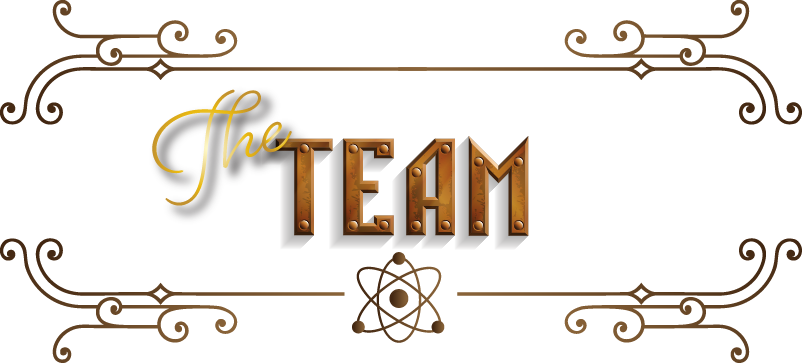
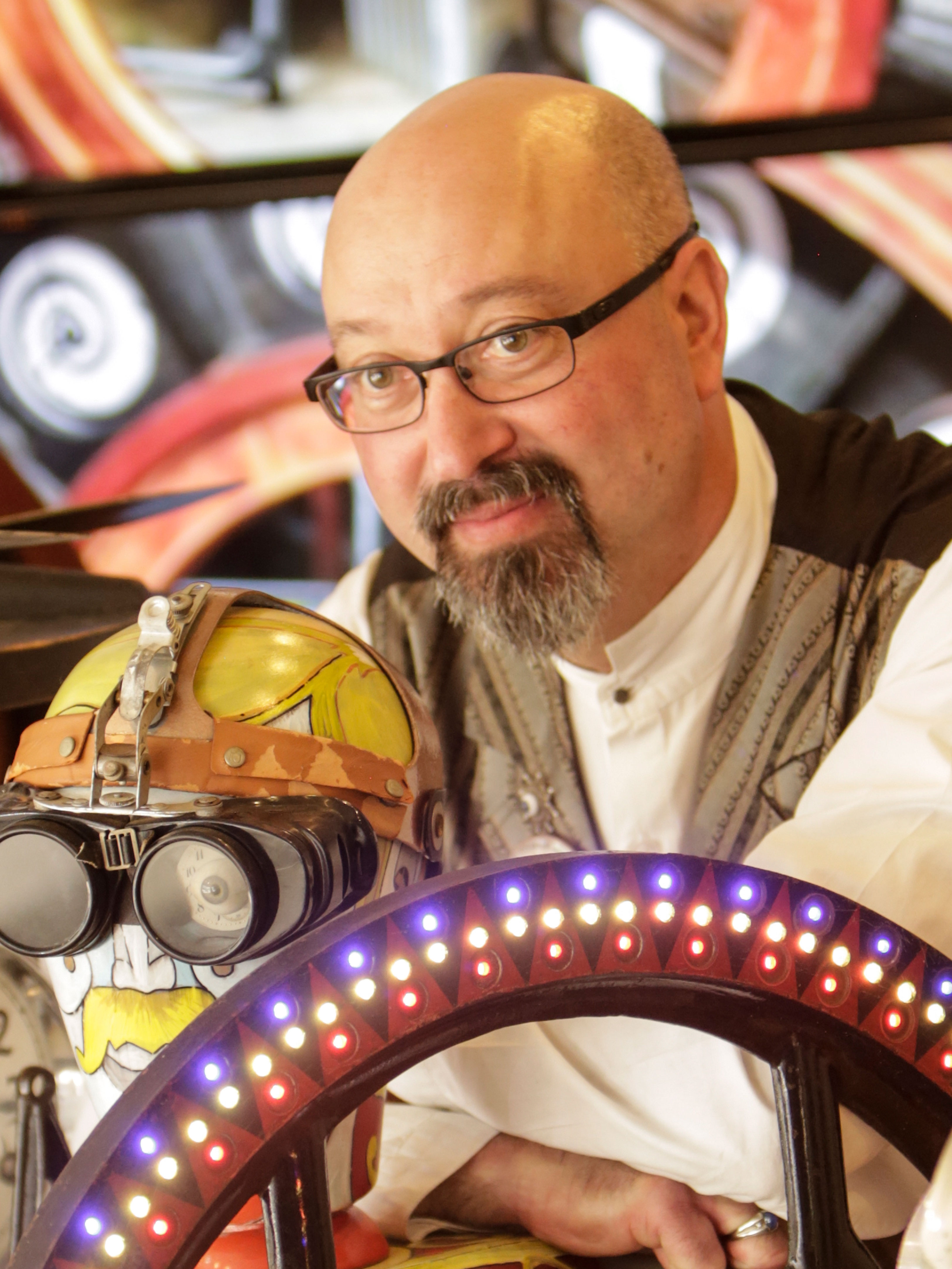
Bruce Rosenbaum has been dubbed “the Steampunk Guru” by the Wall Street Journal and “the Steampunk Evangelist” by Wired Magazine. Rosenbaum’s company, ModVic, works with clients internationally to creatively infuse period objects with modern technology. His artwork has been featured in the Boston Globe, the Chicago Tribune, the New York Times, Architectural Digest, CNN, and NPR, as well as on MTV, A&E, HGTV and Netflix. Bruce’s workshops fuse art and history with science, promoting STEAM (Science, Technology, Engineering, ART and Math).
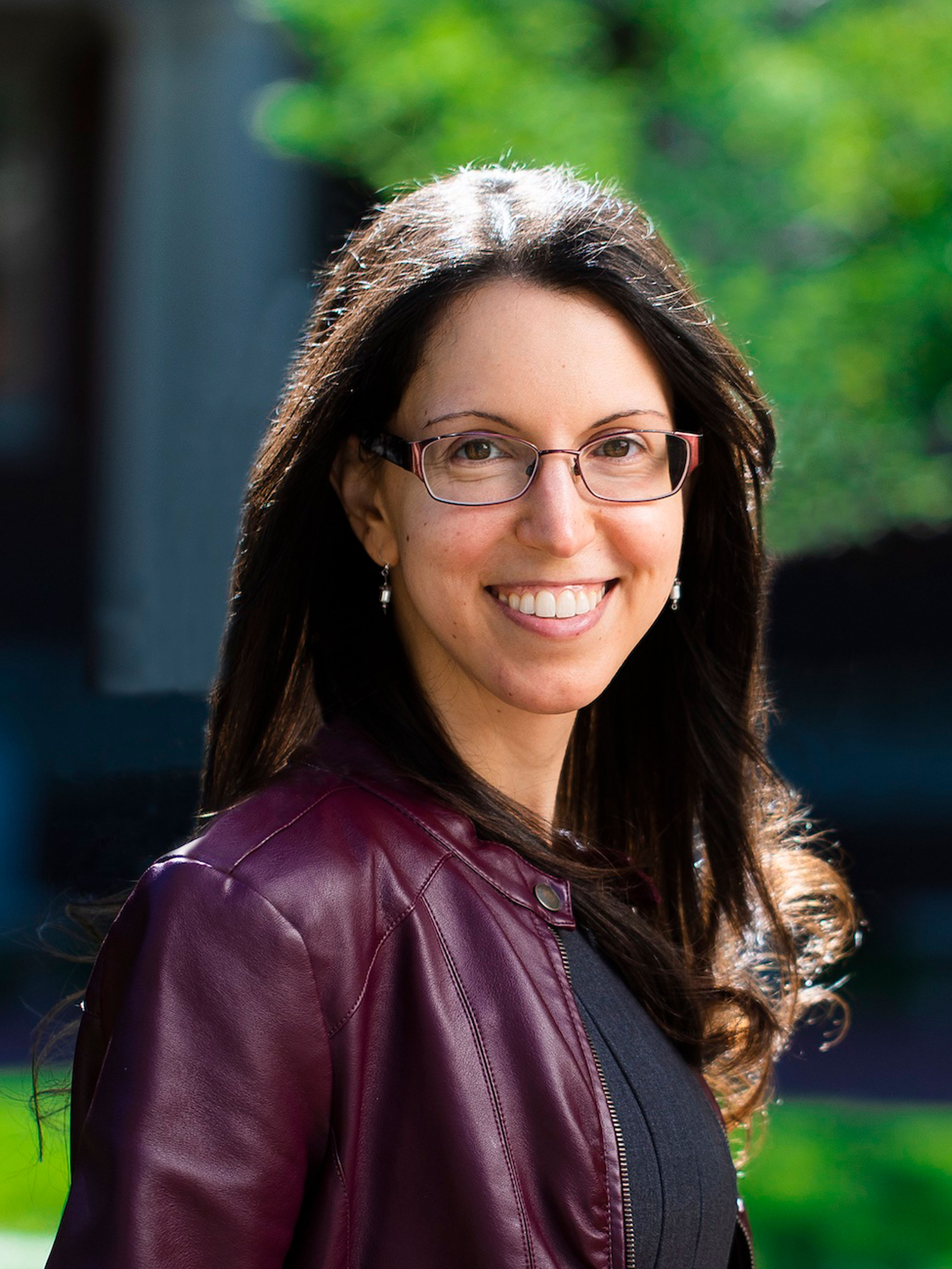
Nicole Yunger Halpern is a theoretical quantum physicist at the National Institute of Standards and Technology. She coined the term “quantum steampunk” for her research, which blends Victorian-era thermodynamics with cutting-edge quantum information science. Nicole co-leads the Maryland Quantum-Thermodynamics Hub, as well as leading a research group at the University of Maryland. She earned her PhD at Caltech, winning the international Ilya Prigogine Prize for a thermodynamics thesis. She received the International Quantum Technology Emerging Researcher Award as a postdoctoral fellow at Harvard. Other accolades include the US ASPIRE Prize and inclusion in the Science News “Ten to Watch” list of early- and mid-career scientists. Her book, Quantum Steampunk: The Physics of Yesterday’s Tomorrow, won the PROSE Award for popular science and mathematics.
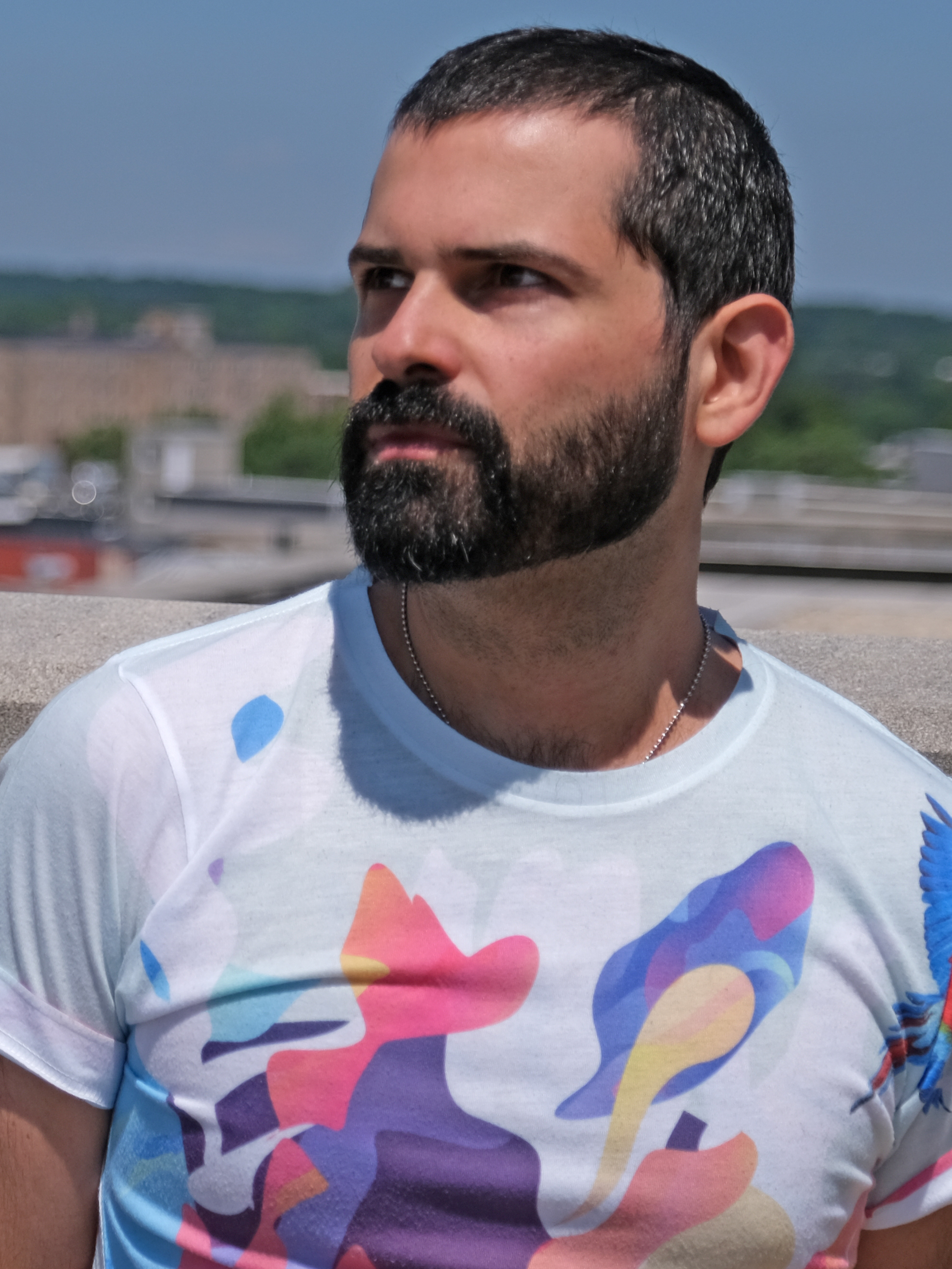
Daniel Serrano is a professional-track faculty member at the Institute for Physical Science and Technology at the University of Maryland. He is the director of the physics multimedia outreach project Rostros Físicos, which brings storytelling into science to inspire Hispanic/Latine audiences about careers in Physics. Daniel also led outreach initiatives for Daniel Lathrop’s Nonlinear Dynamics Lab, including Maryland Day participation; lab tours; and the lab’s YouTube channel, which has fielded hundreds of thousands of viewers.

William (Bill) D. Phillips is a quantum physicist at the National Institute of Standards and Technology (NIST), as well as a Distinguished University Professor and College Park Professor of Physics at the University of Maryland. He shared the 1997 Nobel Prize in physics for cooling and trapping atoms using lasers. Bill also is a member of the American Academy of Arts and Sciences, the American Association for the Advancement of Science, and the National Academy of Sciences. He has engaged in diversity and public-outreach efforts for many years, earning the NIST Equal Opportunity/Diversity Award in 2011. Bill presents public lectures across the globe, including at minority-serving institutions and elementary schools. Closer to home, he mentors undergraduates at Morgan State University, encouraging physics majors to stay the course by sharing excitement about science.
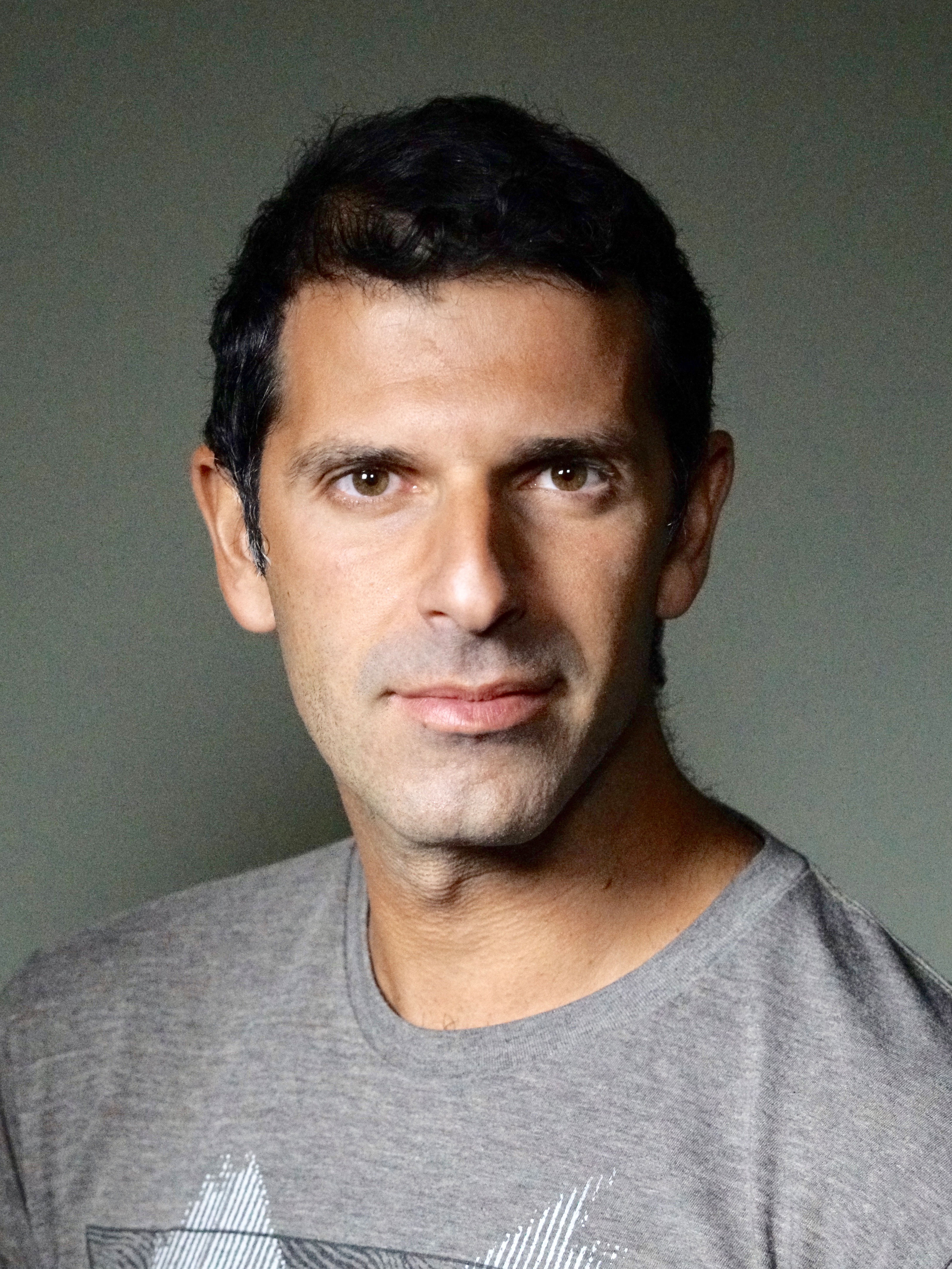
Spiros Michalakis is a mathematical physicist and the manager of outreach at Caltech’s Institute for Quantum Information and Matter (IQIM). His work on the Quantum Hall Effect, with Microsoft’s Matthew Hastings, helped resolve one of thirteen significant open problems in mathematical physics. As the science consultant for Marvel’s Ant-Man and Ant-Man and the Wasp, Spiros introduced the “quantum realm” into the Marvel Cinematic Universe, igniting a global fascination with concepts such as quantum superpositions and entanglement. As the U.S. representative for World Quantum Day, Spiros presented the first-ever quantum-science category on the popular game show “Jeopardy!” For IQIM outreach, he helped produce “The PHD Movie 2”; worked with Google and Mojang to bring quantum physics into the popular Minecraft game; created the viral YouTube video “Anyone Can Quantum” (pitting Paul Rudd against Stephen Hawking in a quantum-chess match narrated by Keanu Reeves); and worked with Quantum Realm Games and Google Quantum AI, under Q12Education’s QuanTime initiative, to bring quantum physics to middle- and high-school students through activities centered on quantum games.
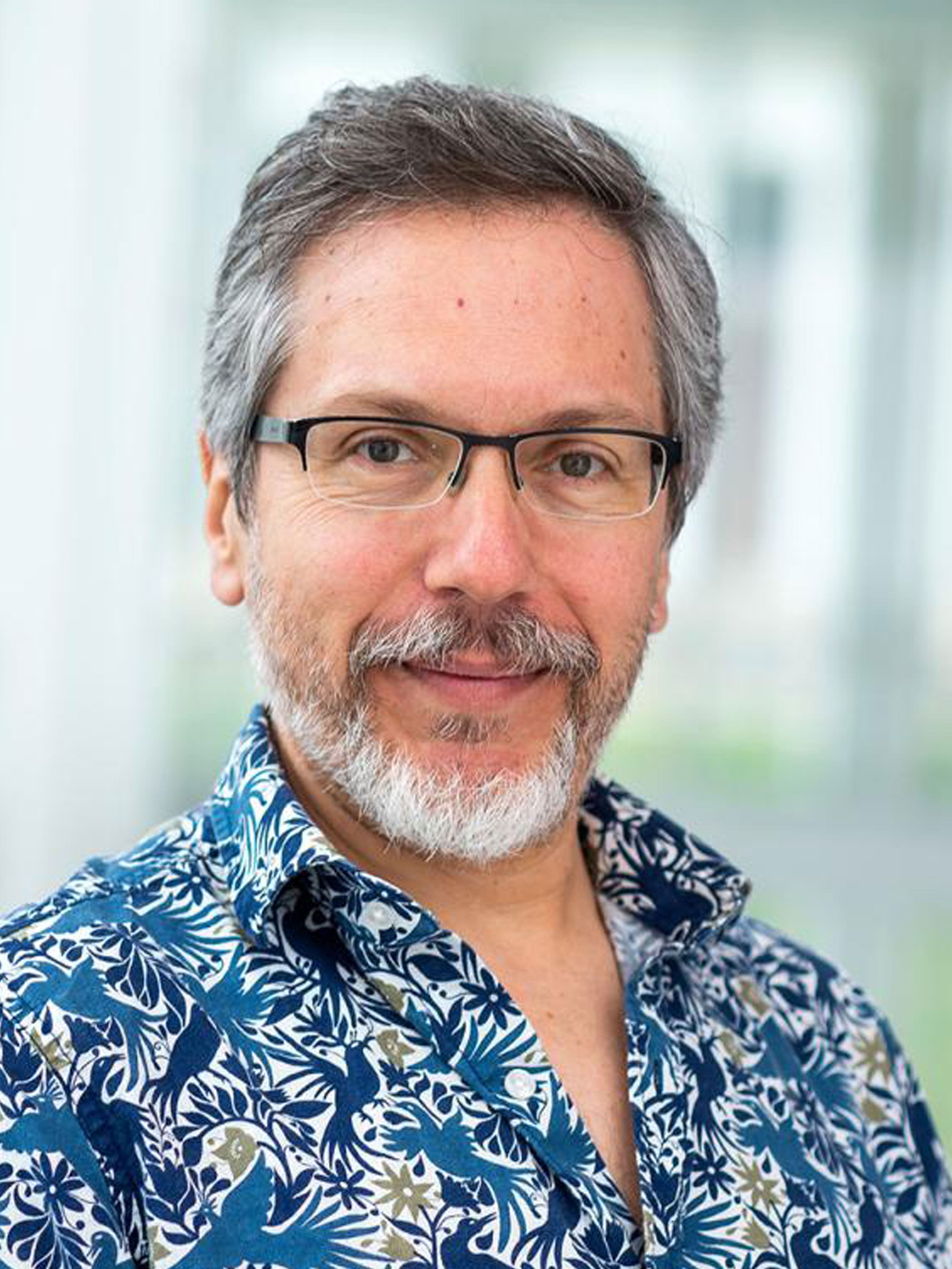
Alfredo Nava-Tudela is the Director of Scientific Computing at the Institute for Physical Science and Technology at the University of Maryland. He participated in the design of the curriculum of the Master’s of Science in Quantum Computing offered through the university’s Science Academy. He has taught one of the core courses for the degree, “Mathematics and Methods of Quantum Computing.” Nava-Tudela earned his Ph.D. from the University of Maryland in Applied Mathematics and Scientific Computation.
Our team thanks Alaina M. Green for sharing her expertise about trapped-ion experiments. We also thank Christopher Jarzynski and Emily Mitchell for their logistical help.